British heartland: Albion's unsolved mysteries
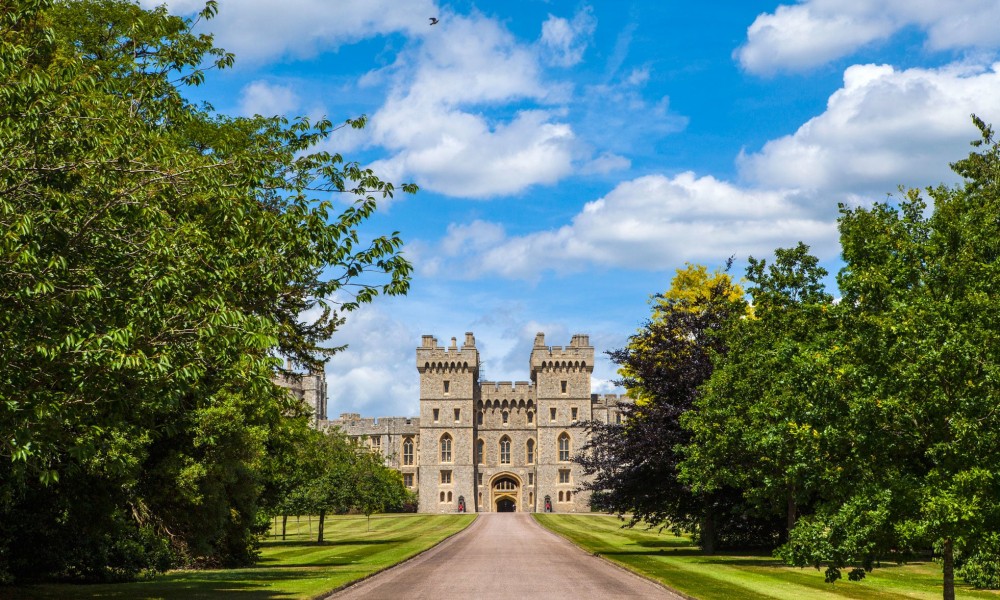
Motherland of the great Shakespeare and the brilliant Sherlock Holmes can touch heart of any admirer of fireplace comfort and refined manners, transmitted by the British from generation to generation as a family heirloom. Every year the British archipelago beckons crowds of tourists who are eager to see firsthand the grandeur of ancient castles from noble English literature and movies, to enjoy the classic Yorkshire Pudding and to talk about weather with hosts of roadside eateries, and to get imbued with the spirit of the Foggy Albion. If you seek for diving into the core of British traditions, trying on the title of "sir" or "madam", you should definitely go to small quintessentially English towns and villages, densely scattered in the suburbs of big cities. Unlike megacities, with mix of different ethnicities, trapped in a vortex of perpetual motion and bustle, those tiny settlement of Britain carry the exceptional atmosphere of conservative authenticity, completely devoid of the any rush and fuss.
Castle Combe
This village of the English county of Wiltshire was awarded by The Times with the title of one of the most beautiful areas in England. Combe Castle, which gave the name to the adjacent territory, used to be a Roman fortress and later was destroyed and dismantled by local residents to serve as a building material for their houses, many of which are used today as hotels and restaurants. In addition to harmoniously aligned houses, there is the ancient church of St. Andrew, the historical value of which is difficult to overstate. Its chapel is decorated with medieval clock, the mechanism of which is still in good condition and fully operational. This land is known for being the last refuge of one of the knights of the Crusades, according to the researchers he was buried here in 1270.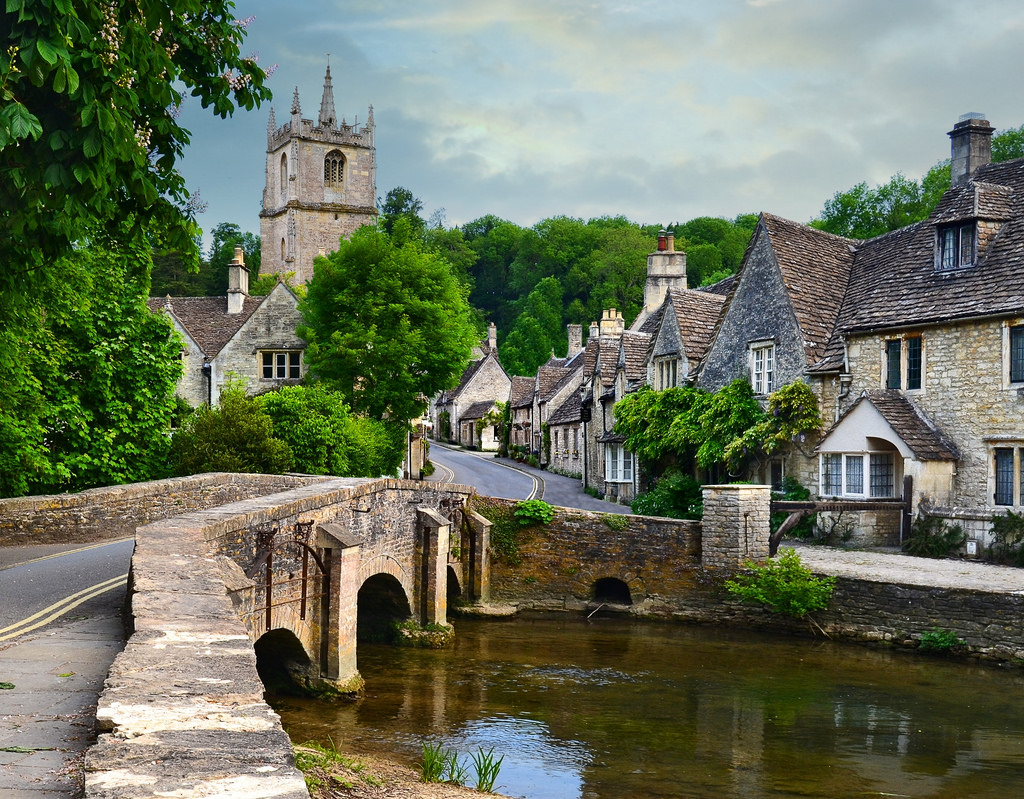 Photo flickr.com
Photo flickr.com
A special feature of the village is its incredible silence crawling like a fog between the rows of stone buildings. It is not surprising: within the boundaries of Castle Combe live only 350 people and, due to lack of parking space, tourists leave their car at the entrance and move further on foot. Even stores and souvenir shops here are unusually quiet and furnished each in its own style. Do not be surprised if walking under the rays of the morning sun, you will see a friendly old lady going out of her yard, and putting on a roadside table a tray with hot homemade cakes, and a jar for money next to it, then she goes back to water flowers in a perfectly kept garden.
Amazing vivid, fabulous scenery of the village has featured regularly as a film location for the British and American movies. Castle Combe starred in the Oscar-winning War Horse, participated in episodes of Poirot by Agatha Christie and was involved in the shooting of a fantastic Stardust.
Glastonbury
The village is known for its annual music event Contemporary Performing Arts Festival, taking part directly in these green meadows. But not everyone knows that Glastonbury, nicknamed the mystical heart of England, has its secrets worthy to be revealed. Everyone's attention to the village is attracted by the legendary hill of Glastonbury Tor with a single tower on top - remnants of the old abbey. It is believed that this local swamps were hiding in their bushes a mysterious Isle of Avalon, an entrance to the underworld of the Celts. Swirl of mystical legends associated with magician Merlin and noble King Arthur is spinning around the Tor. According to one myth, on the hill, where strong energy streams are focused, were buried relics of the Britain’s brave defender, and his beloved companion Queen Guinevere. In the 12th century during the reconstruction of the church after the fire, at the altar the monks found two skeletons, female and male - the latter was more than two meters in length, which allegedly proves its relationship with the founder of the Round Table. Following another legend, Joseph of Arimathea brought the Holy Grail to Glastonbury, and left it on the bottom of a well, at the foot of the mountain. Well of the Holy Grail is unique by the fact that for several thousand years it is replenished by springs of water which do not dry even in very hot weather.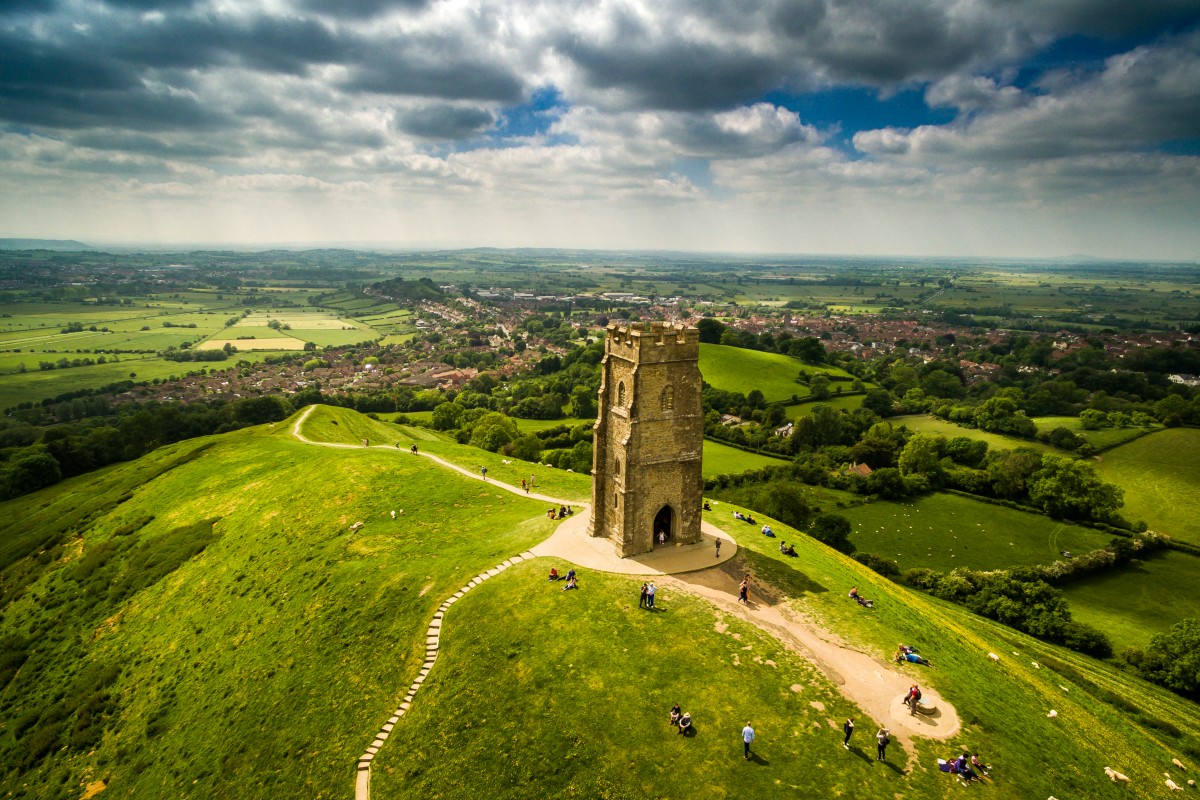 Photo redsearch.org
Photo redsearch.org
Another wonder of the town is the local hawthorn, according to legend it has grown from a staff of the same Joseph of Arimathea. The shrub is covered with flowers not only in spring, which is typical for its siblings, but also at Christmas. This feature is not the same in other lands: if transplanted by stems or seeds, Glastonbury plant blossoms in riotous colour in spring only.
To fully feel the spirit of the Glastonbury legends, it would be nice to stay here for a couple of days. Connoisseurs of Victorian architecture will be delighted by the hotel The George Hotel and Pilgrims' Inn. Built in the 15th century, it has long served as a building for the oldest pub southwest England, and turned into a hotel, it did not lose its authenticity.
Read also: World ghettos. Bedford: English outback with Italian flavour
Lydford
A small village with a true English rural landscape and enchanting jumble of grey stone cottages is carefully hidden among the hills of Dartmoor National Park, stretching for hundreds of kilometres of Devon. Once, Arthur Conan Doyle stayed at a local hotel Castle Inn. Later, the author described it in the pages of The Hound of the Baskervilles, imbued with the atmosphere of valleys drowning in the moonlight and silent swamps surrounding Lydford.
No less remarkable sight is Lydford Gorge well-known for impassable thickets of ferns and a force of waterfall mantle rushing down straight into the valley called Devil's Cauldron. Even in the daytime sunlight hardly penetrates here, turning the area into a potential backdrop for a horror movie. This wild beauty and the most impressive of the South West of England deep gorge were formed thanks to the river Lyd which literally cut down narrow grotto inside the rock many years ago. Hidden from prying eyes, in the 17th century the valley has earned notoriety among local residents who suffered from armed raids of Gubbins bandits who had their lair there.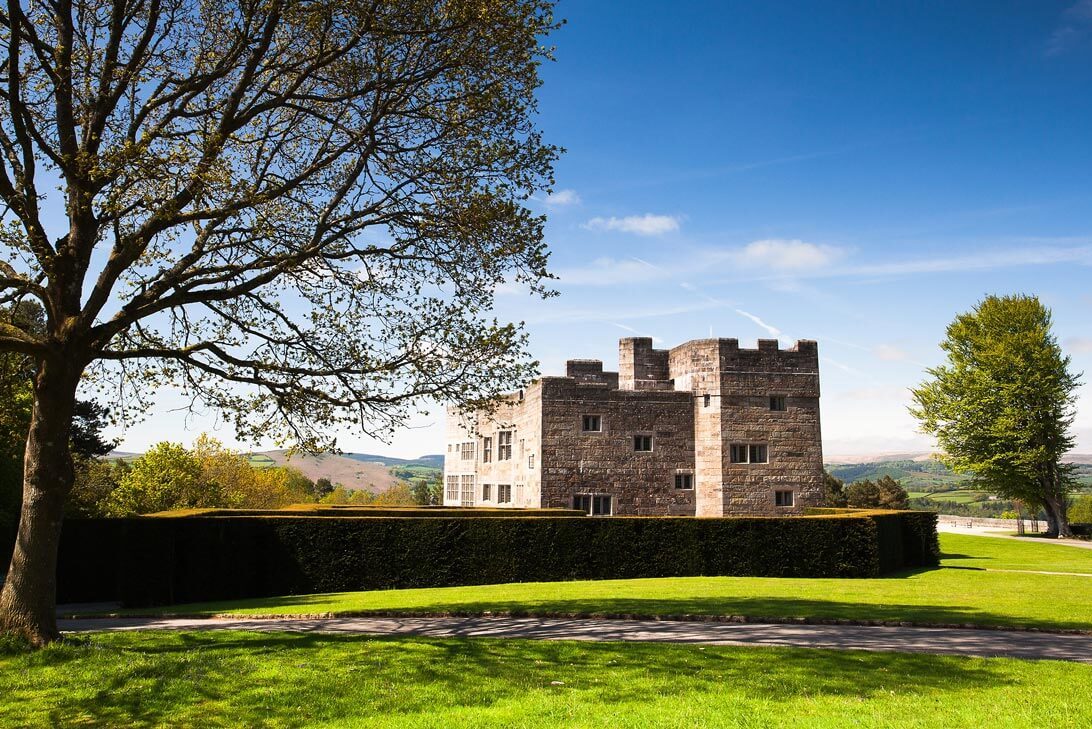
Photo whitehartdartmoor.co.uk
Over time, the mountain has become a natural museum for many visitors and was taken under the care of the village authorities. They have equipped it with special paths, parking and, of course, tea house to enjoy the views with biggest pleasure. During the day, admission to the territory is charged at the rate of six pounds, but woke up with the first rays of the sun, you can go free in the protected zone - the gates are always open.
Polperro
Wonderful village settled on the south coast of Cornwall is beautiful with its narrow, hilly streets, houses resembling swallows' nests tenaciously glued to the coastal cliffs. There are several museums and cosy bay, where in good weather you can see how the setting sun is slowly immersing in the turquoise waters of the strait, rocking fishing boats on the waves.
Read also: Cockney: derisive British dialect
The settlement was first referred to back in the 12th century, exposing its smuggling past. Hiding from taxes, smugglers took their goods to the port of Polperro: expensive fabrics, rare spices, cigars, perfume and alcohol. The most of average residents earned living by fishing up to the 60s. With the development of civilization and the promotion of tourism, fishing came significantly to decay, sending daily just 12 vessels into the sea. Most of the catch goes to the maintenance of the many restaurants where you can taste traditional dishes of flounder, crabs, redfish much admired by townspeople, and elaborate gourmet snacks from monkfish. If you always wanted to try a traditional English delicacy fish&chips, it is right time and the place to do it - Polperro fishing gastronomy will surprise even the veteran gourmet.
Among the cultural activities, tourists prefer museums of fishing and smuggling, shopping at local colourful shops, and never stay away from walking under a light evening breeze. A pleasant rustle of waves, sea coolness and silence of the night, lure to get out on a rocky hill and peeping into lattice fence of a casual patio, watch moonlight bathing in the deep waters of the English Channel.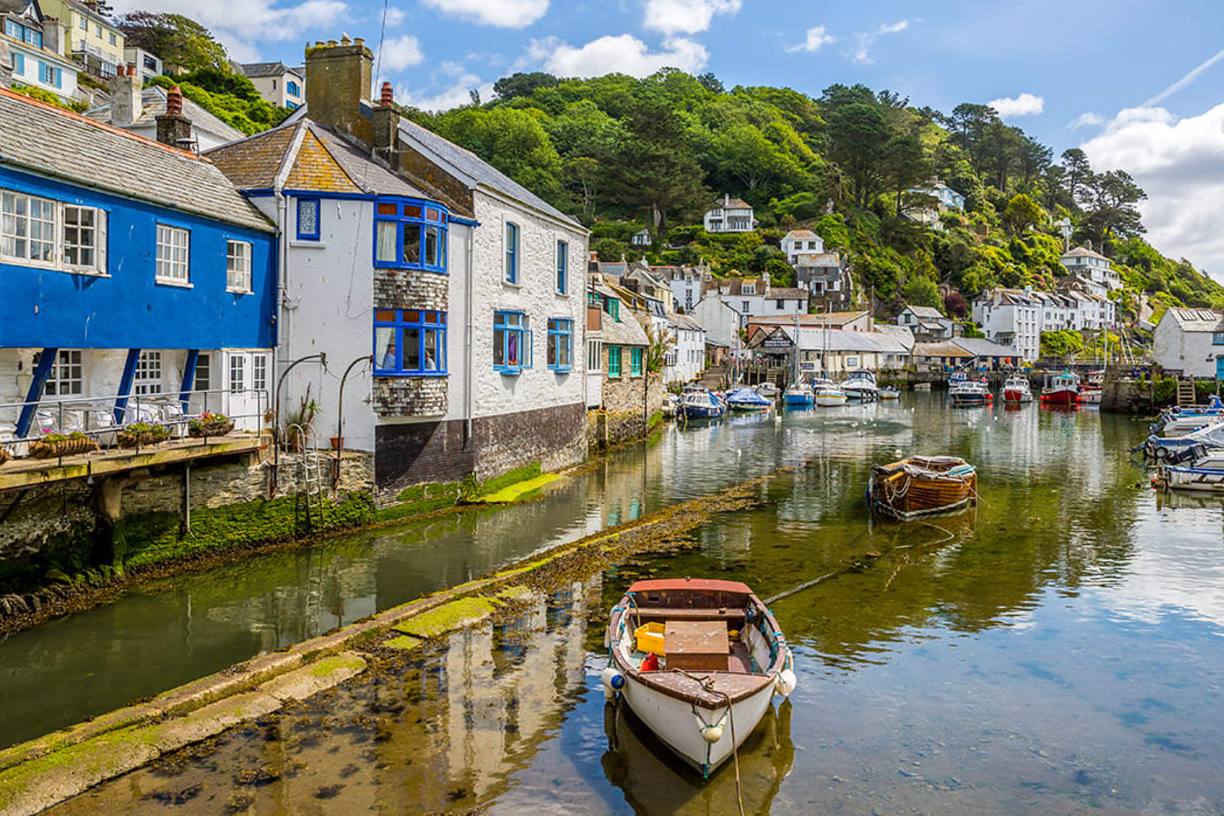
Photo wildernesstravel.com
A river flows all along the village, which makes the movement of the indigenous inhabitants very leisurely, emphasizing the universal pacification atmosphere. Most boats are moored near the houses, and some are hanging attached directly under windows, like a little Venice. However, the smooth surface of the river is often deceptive. In Polperro floods often occur, therefore there are many water level measurements to protect this quiet backwater of British tradition against the strength of the raging force of nature.
Amberley
Located in West Sussex, this fabulous place has its roots far in the Middle Ages: the oldest house was built here more than three hundred years ago.
Each building in the village deserves special attention and admiration. Although this place reminds the country of elves with its quaint houses, streets with curved arches, flower beds and miniature details, Amberley is "living" village where you want to speak in a whisper, so as not to disrupt the carefully created idyll. Residents are fond of their estates, so give them names instead of soulless digital numbers. So, on each estate there is a name plaque, giving a special romance to the area: Ivy Cottage, Barton Cottage, Old Stack Cottage. Each house is a blend of simplicity and individuality, which is further contributed by the thatched roofs with ornaments and wrought decor, traditionally adorning the local manors. Photo viaggiamo.it
Photo viaggiamo.it
There shall be the Pritzker Architecture Prize for a castle hotel Amberley Castle, the former residence of the royal nobility. Striking from a distance with its massive wooden gate and birds of different species nonchalantly strolling nearby, this luxury hotel combines the medieval charm and modern comfort. Amberley Castle is closed from random audience, and to get inside, you need to pre-book a tour. Guests can use nineteen rooms with antique furniture, the fragrant camellias garden with a pond and peacocks roaming the paths, as well as complete silence for a few kilometres. At nightfall, castle gate goes down, giving residents a feeling of complete immersion into the days of former glory of the ancient Amberley Castle.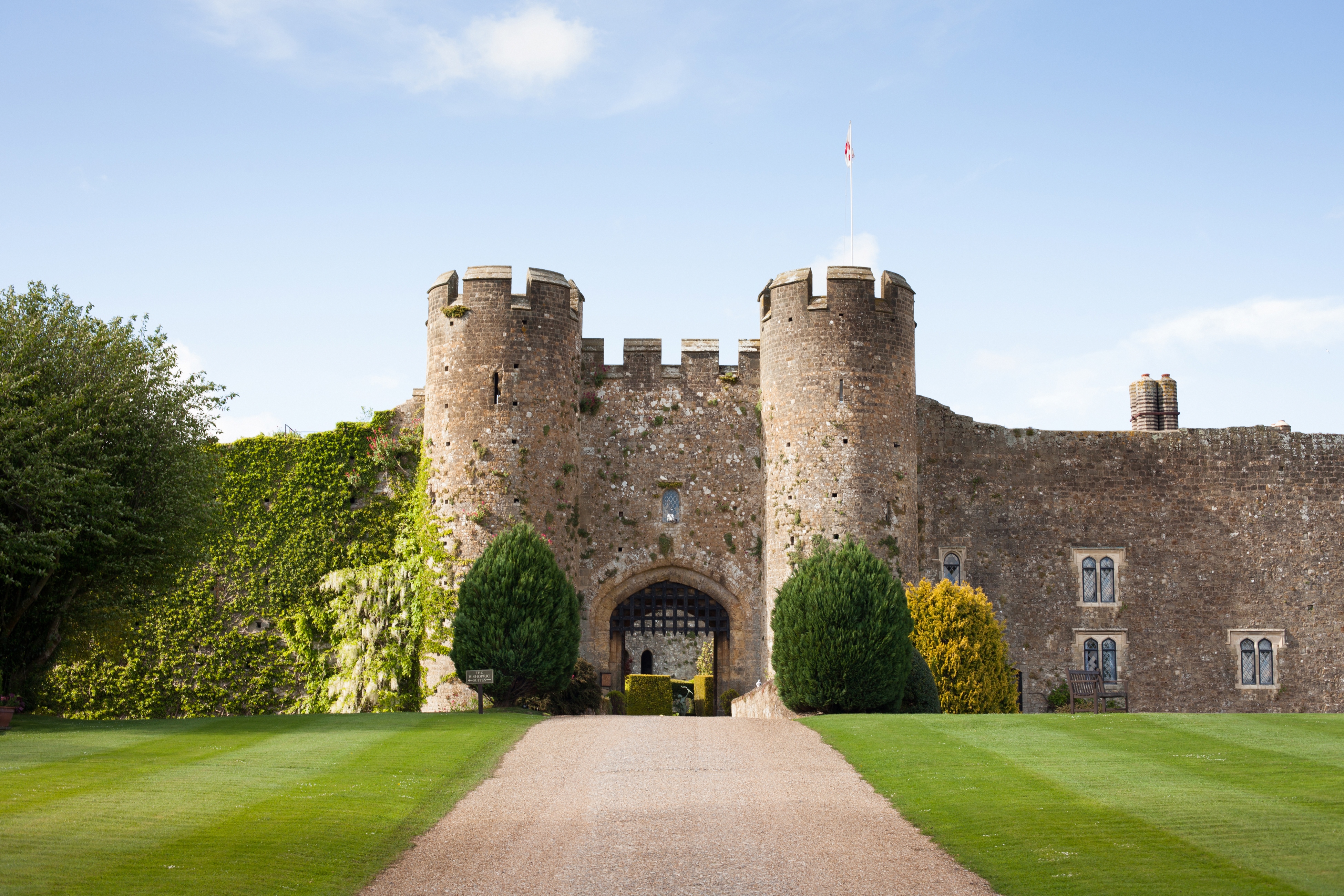 Photo esosedi.ru
Photo esosedi.ru
Cover photo telegraph.co.uk





















